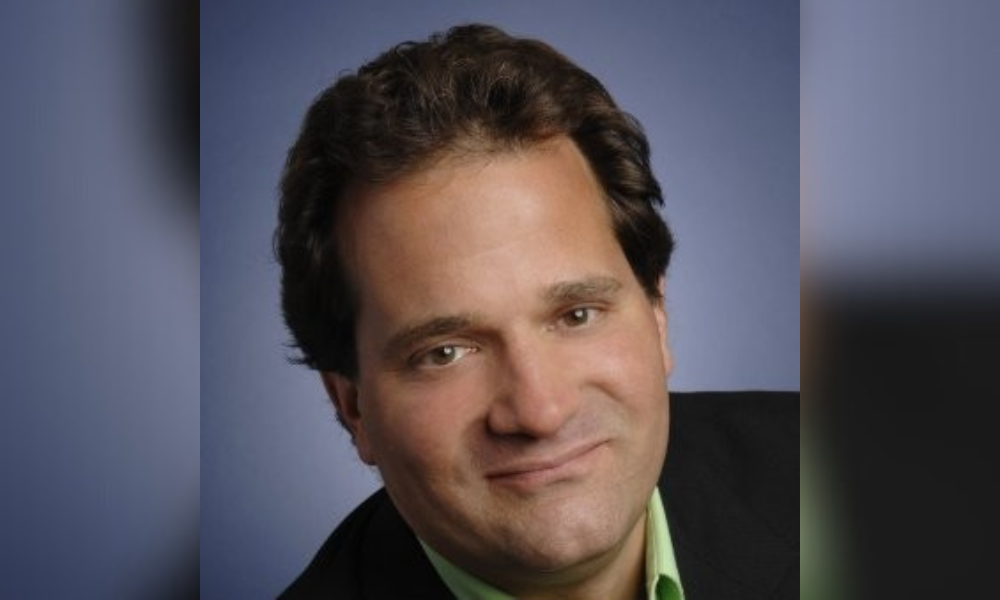Study finds chasm in expectations between generations, advisor explains how to reset those expectations

A recent survey of Canadians from Sun Life revealed a stunning expectations gap between generations. According to the poll, Canadian millennials on average expect to receive $309,000 from their baby boomer parents. Boomers, on the other hand, expect to leave their kids $940,000 on average. Boomers who work with a financial advisor expect to leave over $1,000,000. It’s a gap that one advisor says can lead to poorly-informed decisions and is caused, in large part, by a lack of appropriate communication.
Brian Burlacoff, M.Acc., MBA, CFP, CLU, RHU, Financial Planner, Sun Life Financial, explains that this gap in expectations can result in potentially poor planning and prioritization on the part of both millennials and boomers. He believes advisors have an opportunity to show their value now by facilitating open conversations, interrogating their clients’ expectations, and facilitating the most efficient transfer of wealth possible.
“I use the analogy of a creek, with the boomer parents on one side and the millennial children on the other,” Burlacoff says. “What you’re trying to do with estate planning is maximizing the amount of money that goes from one side of the creek to the other, while minimizing the amount that falls into the water and goes to unexpected beneficiaries. That could mean, for example, overpaying on your tax bill.”
The expectations gap identified in the survey, however, makes planning for that transfer much more difficult. Boomers expecting to leave a large sum may need to interrogate their retirement costs more closely. In doing so they can better understand how to efficiently deliver an inheritance while preserving their own wellbeing through a potentially long retirement.
Millennials without a clear understanding of how much they might inherit, may run the risk of cutting key expenses that they can actually afford. Burlacoff cites the example of a young family with a child that needs educational support. That could mean potentially thousands of dollars in help from teachers, psychologists, and tutors. But a family trying to pay off their mortgage or save for their own retirement may not be able to afford that extra support. If they know the size of their inheritance, however, they can potentially forego some of those retirement savings in favour of a bigger educational spend now.
Closing that expectations gap and building a better overall outcome, Burlacoff says, is a real opportunity for advisors to show their value.
Interrogating boomers’ inheritance expectations
While boomers surveyed expected to leave a significant amount of money to their children, Burlacoff agreed that they need to consider some of the expenses that come with retirement and longevity in setting those expectations. Whether it’s lifestyle costs, inflation, or a later need for long-term care, the money retirees think they have now might not last them as long as they expect. That’s increasingly the case as life expectancy continues to rise.
Burlacoff believes that an efficient, skilfully produced decumulation plan is essential to setting a boomer’s expectations around retirement. That plan needs to account for dynamic costs. When a retiree is travelling plenty between ages 65 and 75, they may need a little more. When they slow down between 75 and 85, they might need a bit less, and if they move to long-term care for their last decade, they might suddenly be spending close to $100,000 per year. Without proper preparation, those last years can completely wipe out any planned inheritance.
That’s where advisors can step in. Burlacoff sees two insurance-based solutions to that problem. One is a long-term care insurance policy that can protect against the potential for high late-life costs. The second is a life insurance policy that can more tax-efficiently deliver a parent’s intended inheritance amount, while leaving the estate to pay for any unforeseen costs. Proposing either solution can be delicate, as they involve some trade-offs on the part of a client. Burlacoff believes in showcasing two options: a fixed amount per month, $5,000 for example, or a lower fixed monthly amount, say $4,600, with an explanation that the $400 per month translates into $1,000 per week once somebody needs long-term care.
Once that plan is firmly set with a boomer client, and advisor can more clearly explain what they can expect to leave to the next generation. At that point, they need to invite the next generation in for a discussion.
Starting conversations about death and money
Some of the expectations gaps identified by the study can be bridged with a frank, thoughtful discussion about two topics no family discusses easily: death and money. Bringing in the next generation and telling them they’ll get an inheritance can be tough, too, as parents might not want their kids to lose motivation to save and earn on their own. As well, no inheritance is 100% guaranteed, so a millennial being told they’ll receive a million dollars, only to get half of that might be facing a significant set of challenges they didn’t plan for.
The latter point, Burlacoff addresses by building plans with millennials that do not include an inheritance. While it’s important for them to be aware of that potential inheritance, a well-advised client should have contingencies in place if an inheritance never comes. Having that stable plan with the next generation can also help combat the perception of an inheritance as a demotivator.
At the most fundamental level, though, Burlacoff believes that advisors can open up a potentially difficult conversation because they are professionals.
“Look at the medical field, a good doctor has absolutely no hesitation asking a patient very personal questions, because that’s their profession and it’s what they’re expected to do,” Burlacoff says. “If they don’t ask those tough questions, they’re not carrying out their responsibilities to that patient. It’s the same for advisors, our job is to professionally motivate clients to actions that help them achieve lifetime financial security.”



